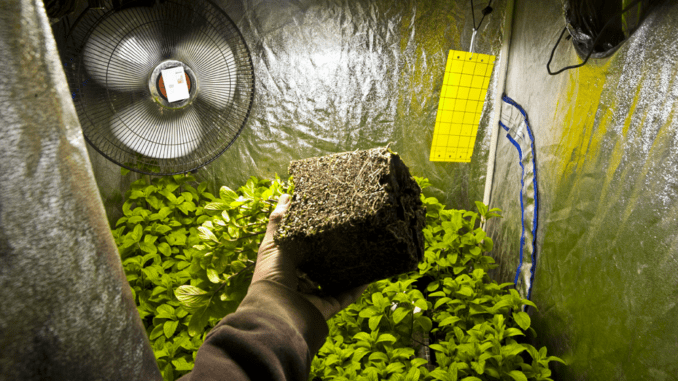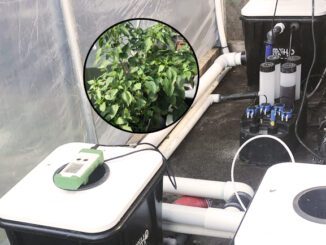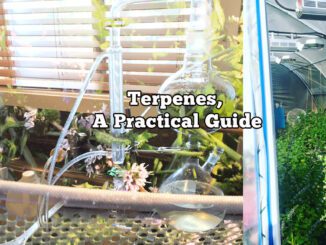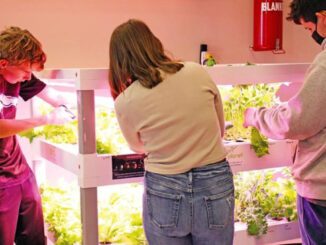
What You Need to Know to Stack The Odds in Your Favour for a Healthy Harvest this Season
If you plan on being successful this coming season, a lot of your success is going to come down to variety selection. Basically, you want to build your “dream team” to cover your growing expectations from your garden.
Monoculture is Crap.
You should avoid this kind of practice for several reasons. Here just a few of the reasons you should be growing more than just one variety:
Diseases and Insects that may be prevalent in one season or another will likely not be able to take-out all strains; variety provides resistance.
Having plants finishing at different times through the season allows you to keep harvesting all season long and potentially taking advantage of different market opportunities as they arise. If everyone harvests the same thing all at the same time…well, good luck with that if you are marketing your harvest.
Growing the same kind of plant, and especially the same strain, in the same spot(s) year after year invites trouble. Survival in nature is in part thanks to diversity; always keep ‘em, guessing.
[quote]It’s boring. Don’t expect to learn much or become a better grower doing the same thing the same way everytime you venture out to grow….now on the other hand, don’t bet more than you can afford to lose…[/quote]
Starting from seeds is great when you want variety-even if you are doing your seeding ahead of your planned crop to isolate proven performers that you want to clone. Remember having variety doesn’t mean you have to sacrifice performance or predictability…rather you increase your rates of it with controlled selections from seed to provide you with the diversity in genetics you need for continued cropping success.
When making your selections for the upcoming season, you will keep yourself busier harvesting if you select some fast finishers, for example auto-flowering plants for early spring harvests, as well as a strong majority of early to mid season harvest plants (here’s where your yield is) and then finally some late-season and experimental plants-here’s where you hedge your bets with the connoisseur harvest versus the “market standard”.
Overtime, you may develop your own branding-people come to expect a certain quality in a certain variety. Play your cards right, and you may have them lined up at your local farmer’s market in advance, eagerly anticipating your legendary produce, side stepping others that simply offer “standard fare”.
If you are really, really serious about variety selection, you can grow out a large number of F2 Hybrid crosses-these are offspring from parents that should show a very wide variety of traits, seemingly even different from both original parents in some instances.
Most of us will work with F1 Hybrids, because we get the seed vigour and are starting with trouble free plants (no insects or diseases in good seeds). F1 Hybrids are typically much more stable-here you will see some variation in plant to plant to select from, but not so huge a range that you have to start very large numbers of plants to select from.
Whether discussing seedling or cuttings, have healthy transplants is a big part of your potential for success-and for planting outdoors, typically bigger is better. When plants are sickly to start with, especially when still relatively low to the ground, the are very prone to ravaging by insects, diseases and the elements.
Here’s a few tips you can use to amp-up the health of the transplants you produce indoors or your greenhouse for planting out this season:
- Most plant varieties will make the best use of B-Vitamin supplements when they are young and in early development; dose them up to make them more resistant to shock and stresses early on in their life cycle.
- Once established or after true leaves have developed (in the case of seedlings) take advantage of foliar feedings. It’s a quick and easy way to boost up plant performance and build more plant structure for a bigger and healthier transplant.
- Watch for over watering at this stage; especially in moist and warm conditions. Pythium sets in at warmer and wet conditions and can linger for the duration of the crop, at best cutting into yields and at worst wiping you right out.
- Don’t over apply Nitrogen and Harden Off your transplants-otherwise, your soft plants will be highly subject to insect and disease infestations.
- It’s affordable and easy to add CO2 when plants are smaller. Carbon Dioxide will greatly potentiate growth rates and plant health. Healthy plants are the key to your success—we love the Green Pad Jrs for propagation domes—up to 1200 ppm for just a coupla bucks…



